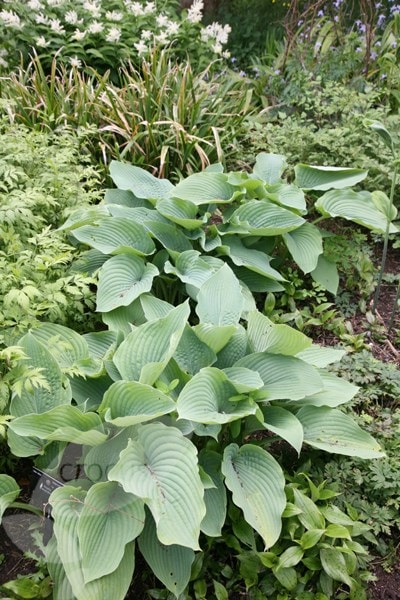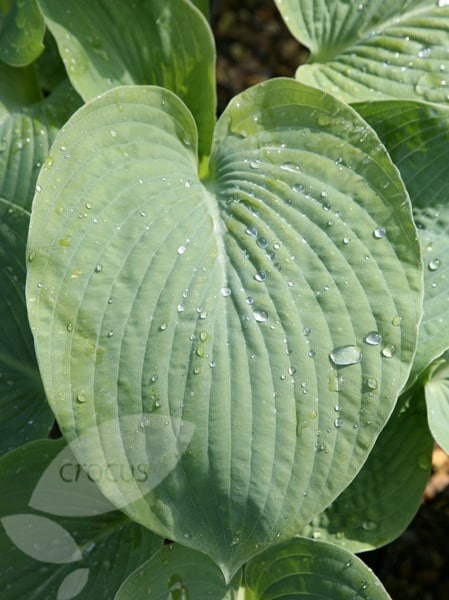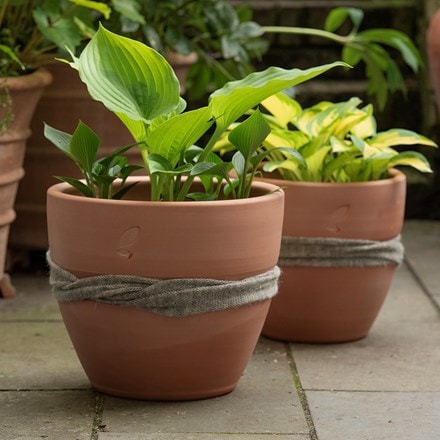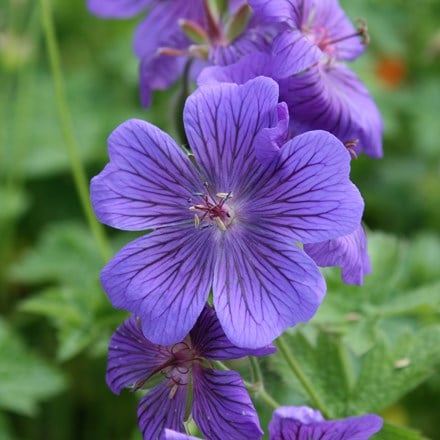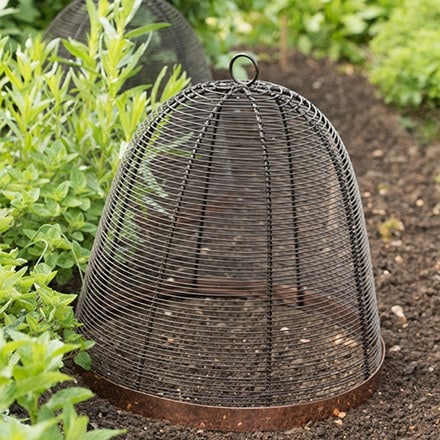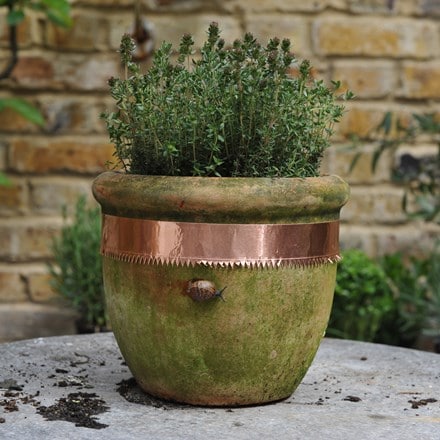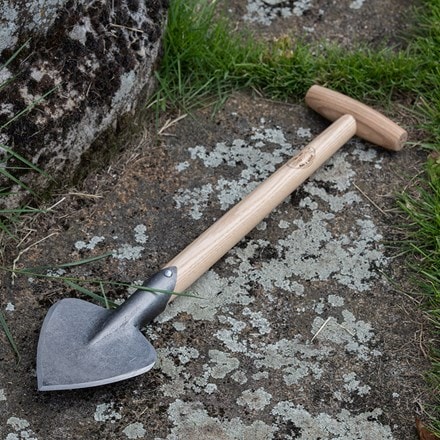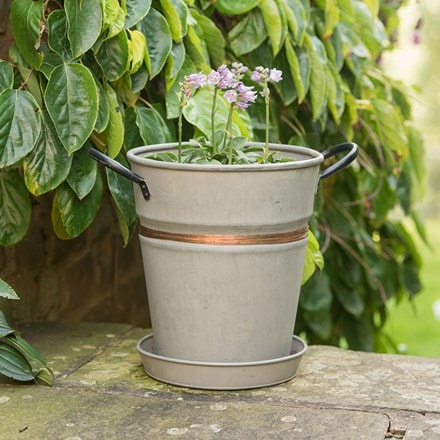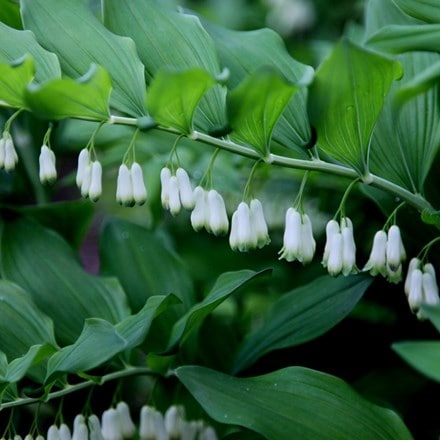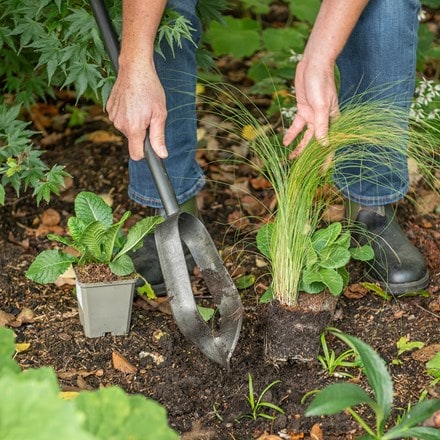Hosta sieboldiana var. elegans
giant blue hosta
- 9cm pot
- £6.99 £9.99
- In stock (shipped within 2-3 working days)
- 3 × 9cm pots
- £16.09 £22.99 £5.36 each
- In stock (shipped within 2-3 working days)
- 6 × 9cm pots
- £27.99 £39.99 £4.67 each
- In stock (shipped within 2-3 working days)
- 2 litre pot
- £14.39 £17.99
- In stock (shipped within 2-3 working days)
- 3 × 2 litre pots
- £37.59 £46.99 £12.53 each
- In stock (shipped within 2-3 working days)
- 1 × bare root plant
- £4.19 £6.99
- In stock (shipped within 1-2 working days)
Delivery options
- Standard £5.99
- Position: partial or full shade
- Soil: fertile, moist, well-drained soil
- Rate of growth: average
- Flowering period: July to August
- Hardiness: fully hardy
One of the most popular forms, Hosta sieboldiana var. elegans the huge, sculptural, corrugated grey-blue leaves are topped with spikes of trumpet-shaped flowers of the palest lilac in July and August. When the plant has finished flowering, the seed pods split into tiny, star-like segments. The striking foliage of this plantain lily makes a dramatic full stop at a woodland edge or shady corner, where they contrast beautifully with ferns and other leafy plants. Once established, its layers of leaves will suppress weeds, too.
Hostas thrive in moist, well-drained soil rich in organic matter, ideally with a pH between 5.5 and 7.5. While they can tolerate partial shade, dappled sunlight is optimal for maintaining vibrant, healthy foliage. To ensure optimal growth, water your hostas regularly, especially during dry periods. A thick layer of mulch applied in spring or autumn will help retain moisture, suppress weeds and enrich the soil.
Slugs and snails love hostas, so you will need to protect against them. Additionally, elevating your hostas in pots with gravel-topped soil can deter these pests.
To prevent the spread of diseases, clean up any fallen leaves and debris in late autumn. This simple practice can significantly reduce the risk of fungal infections and pest infestations.
Slugs and snails love hostas, so you will need to protect against them. Additionally, elevating your hostas in pots with gravel-topped soil can deter these pests.
To prevent the spread of diseases, clean up any fallen leaves and debris in late autumn. This simple practice can significantly reduce the risk of fungal infections and pest infestations.
Goes well with
Terracotta slug and snail resistant pot
small Ø28 × H30cm
£44.99
In stock (shipped within 2-3 working days)
Galvanised metal planter with copper belt and tray
Ø30 × H34cm
£39.99
In stock (shipped within 2-3 working days)

